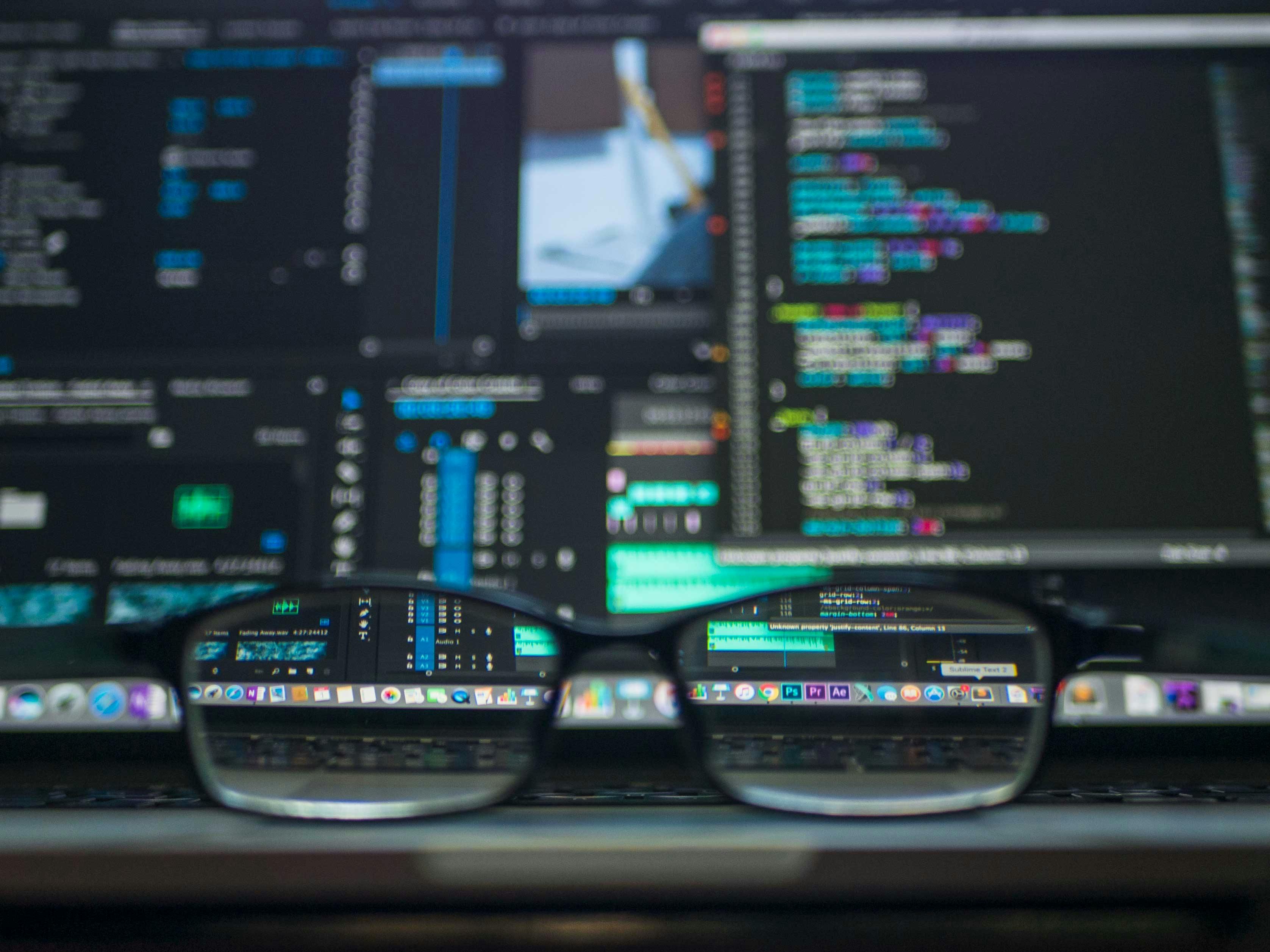Unveiling the Power of AI: Transforming Industries, Operations, and Customer Experiences
Explore Artificial Intelligence
written by:
Asawari P
In today's rapidly evolving business landscape, Artificial Intelligence (AI) stands as a beacon of innovation, reshaping industries, optimizing operations, and revolutionizing customer experiences. From personalized recommendations to predictive maintenance, generative applications, and customer-facing solutions, AI is driving transformative change across sectors worldwide. In this comprehensive exploration, we'll delve into the most valuable AI use cases, spanning industries, technical applications, and customer-facing innovations that are redefining business success. We will also explore creative side of AI.
Industry AI Use Cases:
-
Retail: AI is fundamentally altering the retail experience, with personalized recommendations leading the charge. According to research by McKinsey, businesses that implement AI-driven personalization can see revenue increases of 6-10%. Beyond recommendations, generative AI is being utilized to create unique product designs and marketing content, leading to increased brand differentiation and customer engagement. Moreover, customer-facing AI solutions such as virtual shopping assistants and interactive fitting rooms are enhancing the retail experience, providing personalized assistance and style recommendations to shoppers in real-time.
-
Healthcare: In healthcare, AI is enhancing diagnostics and patient care while also transforming the patient experience. Studies have shown that AI algorithms can detect diseases from medical images with accuracy rates exceeding 90%, significantly improving early detection and treatment outcomes. Additionally, virtual health assistants powered by AI are providing patients with personalized healthcare guidance, answering inquiries, scheduling appointments, and even monitoring medication adherence, thereby improving access to care and patient satisfaction.
-
Finance: Financial institutions are leveraging AI to enhance customer experiences and mitigate risks. Chatbots and virtual assistants powered by AI have shown to reduce customer service costs by up to 30%, while predictive analytics is enabling more accurate fraud detection, saving banks billions of dollars annually. Furthermore, AI-driven personal finance advisors are helping customers make informed financial decisions, providing personalized recommendations for investments, budgeting, and savings strategies, ultimately improving financial literacy and customer outcomes.
-
Manufacturing: AI is revolutionizing manufacturing processes, from quality control to predictive maintenance, while also enhancing customer interactions. By implementing AI-driven defect detection systems, manufacturers can reduce product defects by up to 90%, leading to significant cost savings and improved customer satisfaction. Moreover, customer-facing AI applications such as virtual product configurators and personalized product design tools are empowering customers to customize products according to their preferences and needs, fostering greater brand loyalty and engagement.
-
Transportation: Autonomous vehicles and predictive analytics are reshaping the transportation industry, while also enhancing the passenger experience. By 2030, it's estimated that autonomous vehicles could reduce traffic accidents by up to 90%, saving over 30,000 lives annually in the United States alone. Additionally, AI-powered route optimization is driving fuel efficiency improvements of up to 20%, reducing carbon emissions and operational costs for transportation companies globally. Moreover, customer-facing AI solutions such as AI-powered travel assistants and voice-activated booking platforms are streamlining the travel experience, providing travelers with personalized recommendations, itinerary planning assistance, and real-time updates, thereby improving satisfaction and loyalty.
Technical AI Use Cases:
-
Natural Language Processing (NLP): NLP is enabling businesses to analyze unstructured data, extract insights, and automate processes, while also enhancing customer interactions. Sentiment analysis, for example, allows companies to gauge public opinion and adapt marketing strategies accordingly, leading to more targeted and effective campaigns. Moreover, customer-facing AI applications such as AI-powered chatbots and virtual assistants are providing customers with instant support, answering inquiries, and resolving issues in real-time, thereby improving satisfaction and retention.
-
Computer Vision: Computer vision technology is revolutionizing industries such as retail, manufacturing, and healthcare, while also enhancing customer experiences. Automated visual search tools powered by computer vision are enabling customers to search for products using images, simplifying the shopping process and improving engagement. Additionally, customer-facing AI applications such as virtual try-on solutions and augmented reality shopping experiences are allowing customers to visualize products in their own environment, enhancing confidence in purchasing decisions and reducing return rates.
-
Predictive Analytics: Predictive analytics utilizes AI algorithms to forecast future trends, customer behavior, and market fluctuations, while also improving customer interactions. By analyzing customer data and purchase history, businesses can anticipate customer needs and preferences, providing personalized recommendations and offers that resonate with individual interests. Moreover, customer-facing AI applications such as personalized product recommendations and targeted marketing campaigns are enhancing the customer experience, increasing engagement, and driving conversion rates.
-
Recommendation Systems: AI-powered recommendation systems analyze user behavior and preferences to deliver personalized recommendations for products, services, or content, while also improving customer satisfaction. By leveraging machine learning algorithms, businesses can tailor recommendations to individual preferences, increasing the likelihood of purchase and fostering loyalty. Moreover, customer-facing AI applications such as recommendation engines and content personalization platforms are enhancing the customer experience, providing relevant and engaging content that resonates with individual interests and preferences.
-
Autonomous Systems: Autonomous systems, including autonomous vehicles and robots, leverage AI to perform tasks independently, while also improving customer interactions. In industries such as transportation and retail, autonomous systems are enhancing the customer experience by providing efficient and convenient services. For example, autonomous delivery robots are enabling contactless delivery of goods, while autonomous checkout systems are streamlining the shopping process and reducing wait times for customers. Moreover, customer-facing AI applications such as voice-activated assistants and smart home devices are providing customers with personalized assistance and convenience, enhancing the overall customer experience and satisfaction.
Creative AI Use Cases
Creative Artificial Intelligence (AI) is revolutionizing industries by augmenting human creativity with machine intelligence. From art and design to music and storytelling, AI algorithms are generating innovative outputs that were once thought to be exclusively human endeavors. Here, we explore some compelling use cases of Creative AI across different domains:
-
Art and Design: Generative Adversarial Networks (GANs) are being used to create captivating artwork, ranging from paintings to sculptures, by learning patterns from existing works and generating new, unique pieces.AI-powered design tools assist designers in generating layouts, suggesting color schemes, and even creating entire branding identities based on user inputs and preferences.
-
Music Composition: AI algorithms are composing original music pieces across genres, mimicking the styles of famous composers or generating entirely novel compositions. Tools like Jukedeck and Amper Music enable users to generate royalty-free music tailored to specific moods, durations, and genres.
-
Content Creation: Natural Language Generation (NLG) models are utilized to automatically generate articles, reports, and even creative writing pieces. AI-driven content creation platforms help marketers and content creators generate engaging social media posts, ad copy, and product descriptions.
-
Film and Animation: AI is used to automate various aspects of filmmaking, including scriptwriting, storyboard generation, and video editing, streamlining production processes. Animation studios leverage AI for character design, motion capture, and scene generation, reducing manual labor and production time.
-
Fashion and Apparel: AI algorithms analyze fashion trends, customer preferences, and historical data to generate personalized clothing designs and style recommendations. Virtual try-on solutions powered by AI simulate how garments would look on individuals, enhancing the online shopping experience.
-
Game Development: AI technologies like procedural generation algorithms are employed to create dynamic game worlds, levels, and assets, enhancing replayability and reducing development costs.Adaptive AI systems dynamically adjust gameplay difficulty and strategies based on player behavior and performance, providing tailored gaming experiences.
-
Photography and Image Editing: AI-driven image enhancement tools automatically adjust colors, lighting, and composition to enhance the visual appeal of photographs.Deep learning models enable features like object removal, style transfer, and image inpainting, empowering photographers and graphic designers with advanced editing capabilities.
-
Architecture and Design: AI algorithms assist architects and urban planners in generating optimal building designs, considering factors like sustainability, functionality, and aesthetic appeal. Virtual reality (VR) and augmented reality (AR) technologies powered by AI facilitate immersive architectural visualization and interactive design prototyping.
Conclusion:
In conclusion, the impact of AI on businesses is undeniable, with transformative use cases spanning industries, technical applications, and customer-facing innovations. As businesses continue to harness the power of AI, they are poised to unlock new opportunities, drive efficiency, and gain a competitive advantage in today's digital economy. With customer satisfaction and engagement at the forefront of AI-driven innovations, businesses are redefining the customer experience and setting new standards for success in the age of AI.
On the other hand, Creative AI is pushing the boundaries of human imagination and transforming industries by automating repetitive tasks, augmenting human creativity, and enabling entirely new forms of expression. As these technologies continue to evolve, their impact on art, design, entertainment, and various other domains is set to grow, ushering in a new era of innovation and collaboration between humans and machines.







